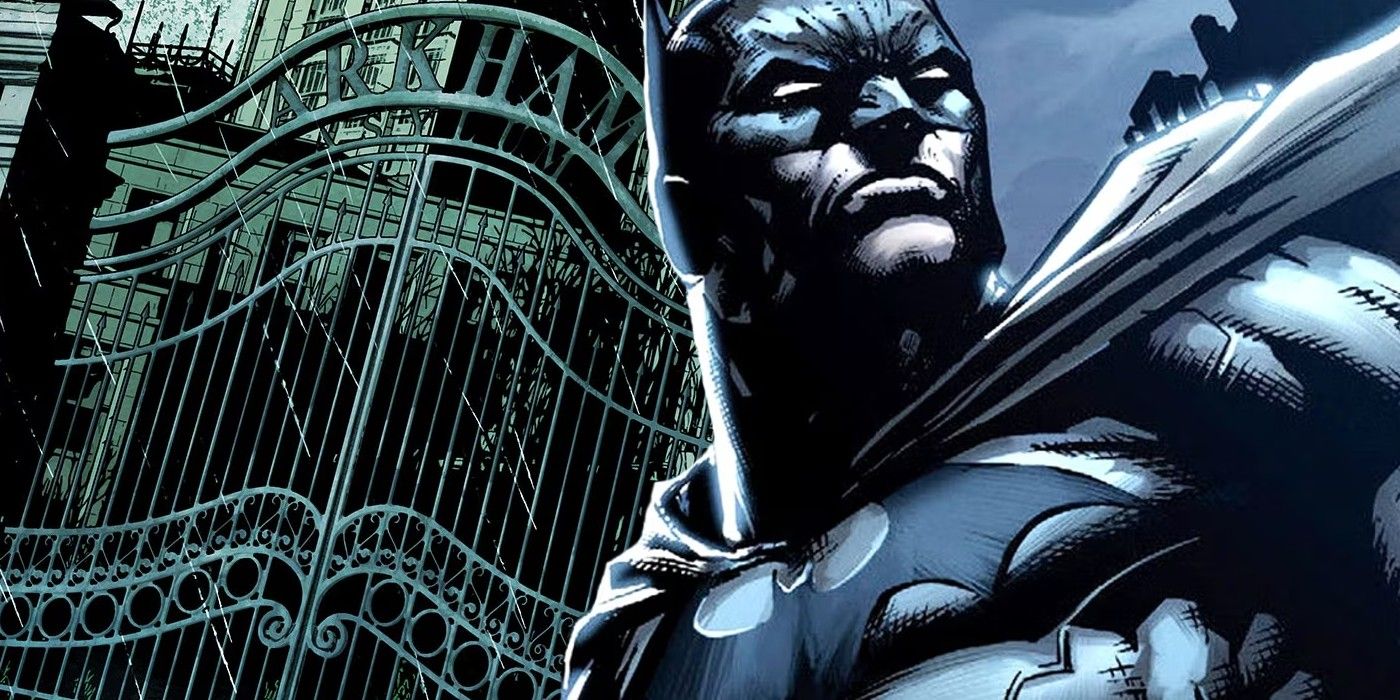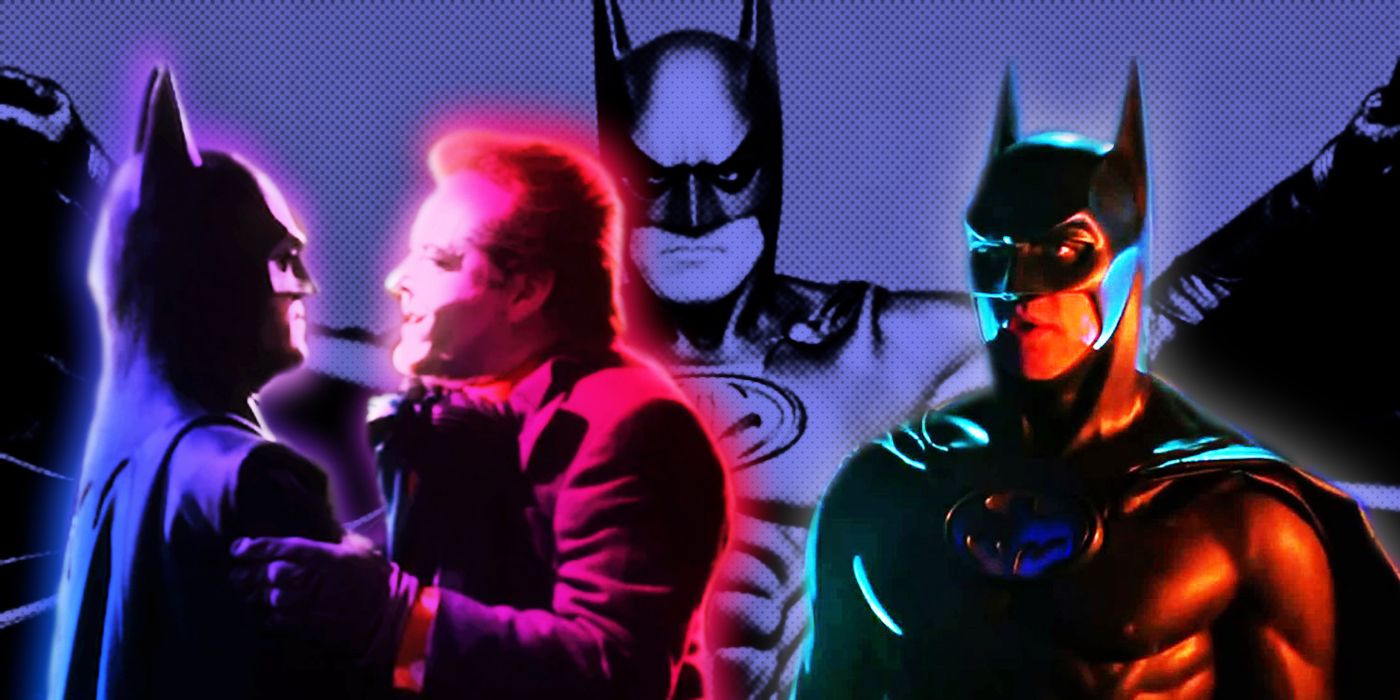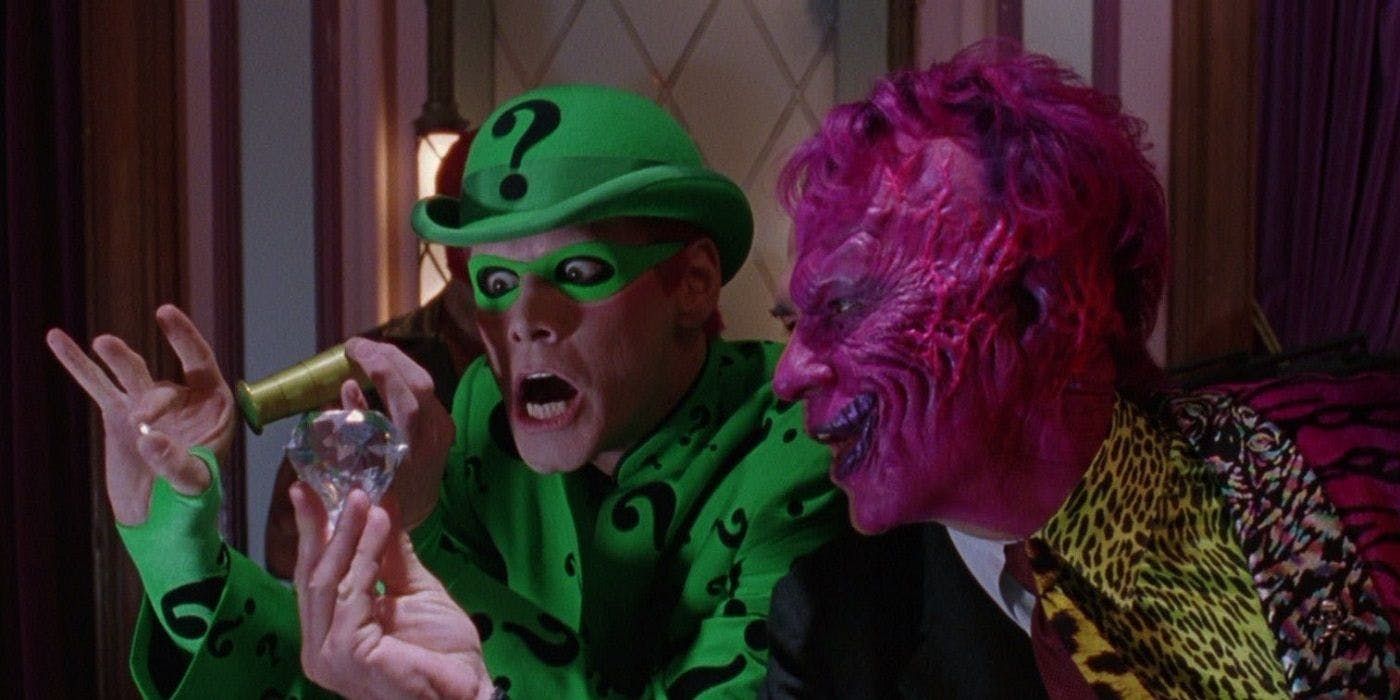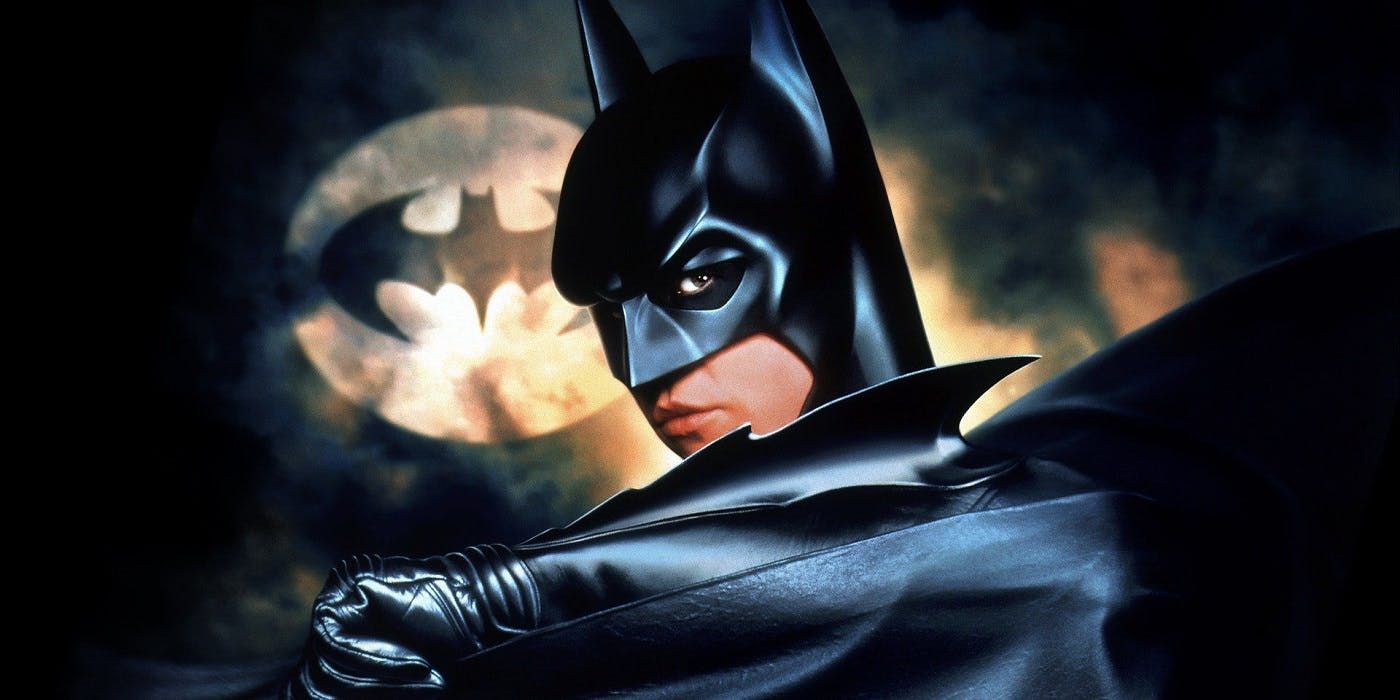Related
To this 24-hour interval , Joel Schumacher’sBatmanfilms are popularly regarded as bear on the story initiated by Tim Burton ’s 1989Batman . Indeed , Batman , Batman Returns , Batman ForeverandBatman & Robincomplete what Warner Bros often label as the " Batman Anthology " — a term that seemingly legitimise a through argument and canonises all four films together ; however it does n’t take a die - hard Batman fan to recognize that Schumacher ’s flick seem to be set in a different universe than Burton ’s .
Even when removing the superficial differences ( production design , re - casting of Bruce Wayne , etc.),Schumacher ’s vision is distinct from Burton ’s movies . Many fans jibe that , rather than a quadrilogy , it is more accurate to view the series as two duologies — the " Burtonverse " ( Batman , Batman Returns ) and the " Schumacherverse " ( Batman Forever , Batman & Robin ) — each operating independently from one another and occupying separate continuity . This is not the official position held by the studio or even Schumacher himself , but the justification for two disjoined canons is obvious when viewing the pic in hindsight .
Related : Batman : Every Live - Action Wayne Murders Scene ( And How Bruce ’s Origin Changes )

WhileBatman Forevertook some thematic and atmospherical strands from its predecessor , Schumacher consciously pursue a tonally and stylistically different Batman mythos , which cut short rather than developed most of what Burton had establish . There are unspoilt and bad point to Schumacher ’s approach , as there is to a unified canon , but numerous thematic and narrative variant demonstrate that a separation of Burton and Schumacher ’s works is in fact reciprocally beneficial for both sets of films .
WB wanted Schumacher to continue Burton’s Batman
Evidence of a canonic kinship between all four photographic film is thin but in spades present . In the eyes of WB and Schumacher , Batman Foreveris thought of as a sequel . Although WB purposely pare downBurton ’s influence , cancel his Batman 3and sidelining his input , it was never the studio ’s intention to readjust Burton ’s persistence , no matter how far the serial publication stepped out fromthe morbidBatman Returns .
Schumacher was draft to restore the serial from eerie to energetic , and packedForeverwith an exuberant , atomic number 10 - light desirability that seemed totally alien to Burton ’s gothic and downbeat Gotham . But Schumacher nonetheless acknowledged his herald ’s body of work throughout output , initially mean to work Michael Keaton back as the dark horse . Although Keaton at long last worsen , Schumacher still found a substantial connection in actors Michael Gough and Pat Hingle , who reprise their roles as Alfred and Commissioner Gordon , respectively . Subtle nods to Michelle Pfeiffer ’s Catwoman and Jack Nicholson ’s The Joker are also made — the former ’s “ peel - tight vinyl and a whip ” are referred to and Bruce identify his parents ’ killer as a “ maniac . ”
On top of this , the most substantial tie-in between the first three films is Batman ’s psychological earthing . Already on friendly terms , Schumacher and Burton found common undercoat on their intellectual intellect of Batman ’s wave-particle duality , to a point where Burton stayed onForeveras manufacturer . by nature , this panorama became the dramatic lynchpin that Schumacher hangedForeveron ; Bruce ’s shock and tortured nature is an aspect from Burton ’s era that ’s retained and elaborate on , and a chief argument for its status as a sequel . But this is where the commonalities cease .

Differences Between Burton and Schumacher’s Batman Movies
Schumacher’sBatman ForeverandBatman & Robinare noticeably distinct from Burton ’s Batman movies . Schumacher is his own unparalleled movie maker , and while he has a rightfulness to fulfil his aesthetic wants for Batman and not recapitulate what had come before , originative autonomy labour his films go past the point of no replication in terms of persistence , as if purposely ignoring the Burtonverse .
relate : Batman 1989 : The Actor Who Almost Played Bruce Wayne
The most glaring difference would be the visuals . Gotham City seemingly rectify overnight , becoming a garish and cartoony townspeople with no sign of the original quasi-40s noir world . dialog and characters are also light - hearted and overblown ; villains likeArnold Schwarzenegger ’s Mr Freezeor Jim Carrey ’s The Riddler do more cockamamie than sinister , and sport nonsensical schemes of world - domination . Humor was less organic and more campy and on - the - olfactory organ , which alas undercut attempts at drama ( i.e. Alfred lying on his destruction bed ) . Perhaps most jarringly though , Batman inexplicably block his reputation as shadowy vigilante byappearing at hobo camp party . to boot , Bruce bizarrely blank on Vicky Vale and Selina Kyle , stressing inBatman Foreverthat he ’s " never been in making love before . "

It ’s clear that Schumacher ’s influences reside with the colorful , camp comics of the L and 60s , which is fair , but applying those was a faulty method if his design was to extend the Burtonverse . In other words , no creator in their veracious minds would have included the 50s’“Rainbow Batman”in 1986’sThe Dark Knight Returns ; both style have their pluses , but they ’re deliberately design to stand aside from one another .
Why Schumacher and Burton’s Batman Movies Are Different Continuities
Beyond superficial differences , there is a larger case for separating Burton and Schumacher ’s Batman films , as narrative and reference detail function inconsistently when the series is considered as a whole . The most obvious model is in the depictions of Bruce Wayne , which best capsulise how Burton and Schumacher differ as storytellers . Along withKeaton , Burton crafted a version of Bruce that was appropriate and silent , content to hide in his mansion and seldom giving hint of a backstory or excited land . Although some fans pick apart this performance as too empty , Burton accentuate this as the power point — Bruce ’s internalised nature works swimmingly as a psychological side core , and provides a beneficial indication of his tortured soul .
Batman Foreverretained a degree of this , but the Schumacherverse is overall defined by a much more schmalzy approach . In term of fictional character , Schumacher sacrificed Bruce ’s downcast - key and cryptical appeal from the Burtonverse to instead give him an elaborate theatrical role arc . Val Kilmer brought Bruce ’s psyche out of the shadow and shape a personality that was far more capable of growth and nakedness than Keaton . Over the course ofForever , Bruce learned to confront his yesteryear , correspond to train Robin and accepted his responsibilities as Batman . This content Bruce and warmer tone was furthered inSchumacher’sBatman & Robin , which neglects Bruce ’s dark past and put in root of menage and trust .
This is ultimately the thematic alteration that distinguishes Schumacher ’s exertion from Burton ’s . The emotionally off - kilter Burtonverse fall behind its cynically gothic border if it has to be unite with something brighter ; also , the excited electric discharge running across the two Schumacher films works perfectly independently . Put it simply , theBatmanAnthology is not an example of narrative stability , but one of ocular and thematic variety , as two incredibly contrast directors each propose their depictions ofthe Dark Knight . It to boot represent a uniqueness in comic book picture palace , as there are no other series in the musical genre that so intelligibly draw a superhero from both an introvert and an extrovert ’s detail of view .

Next : How To catch Zack Snyder ’s Batman V Superman Director ’s Commentary




